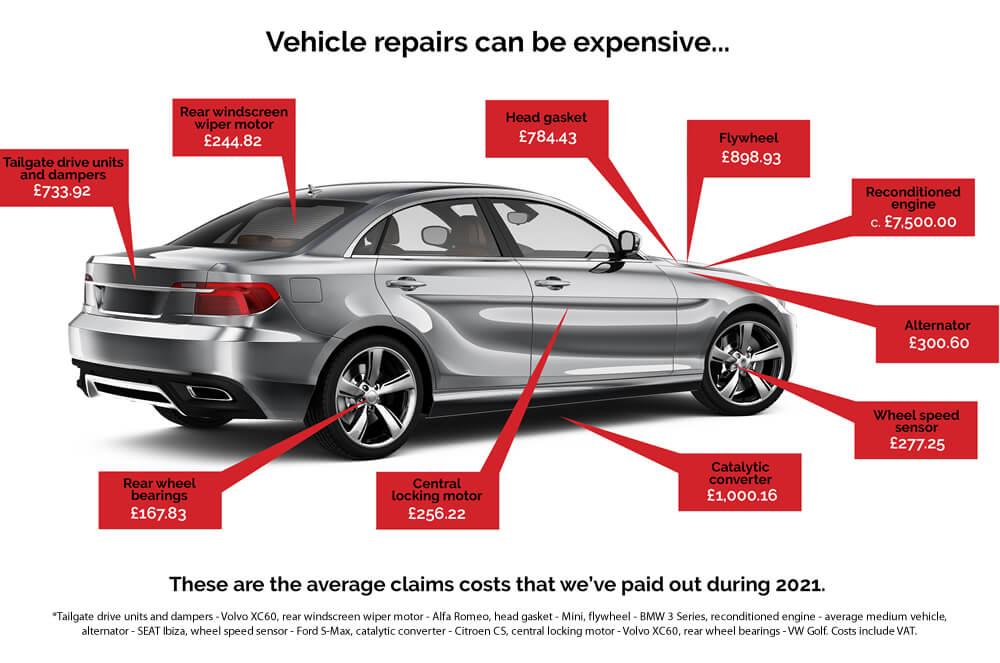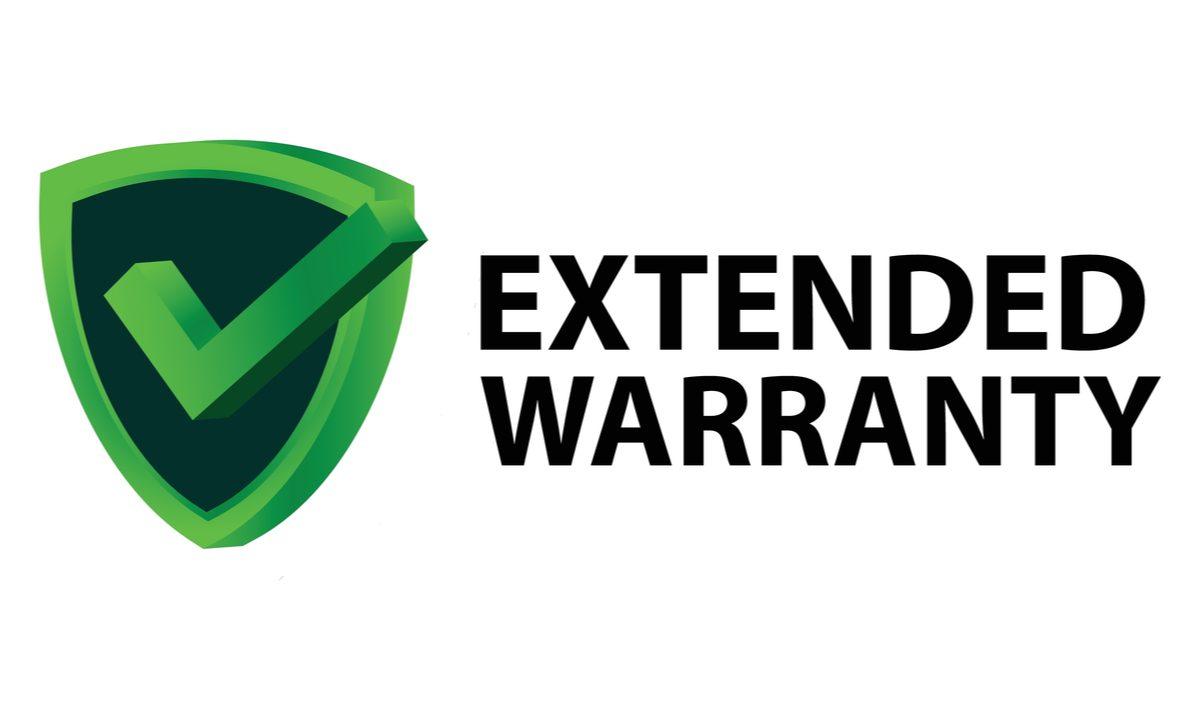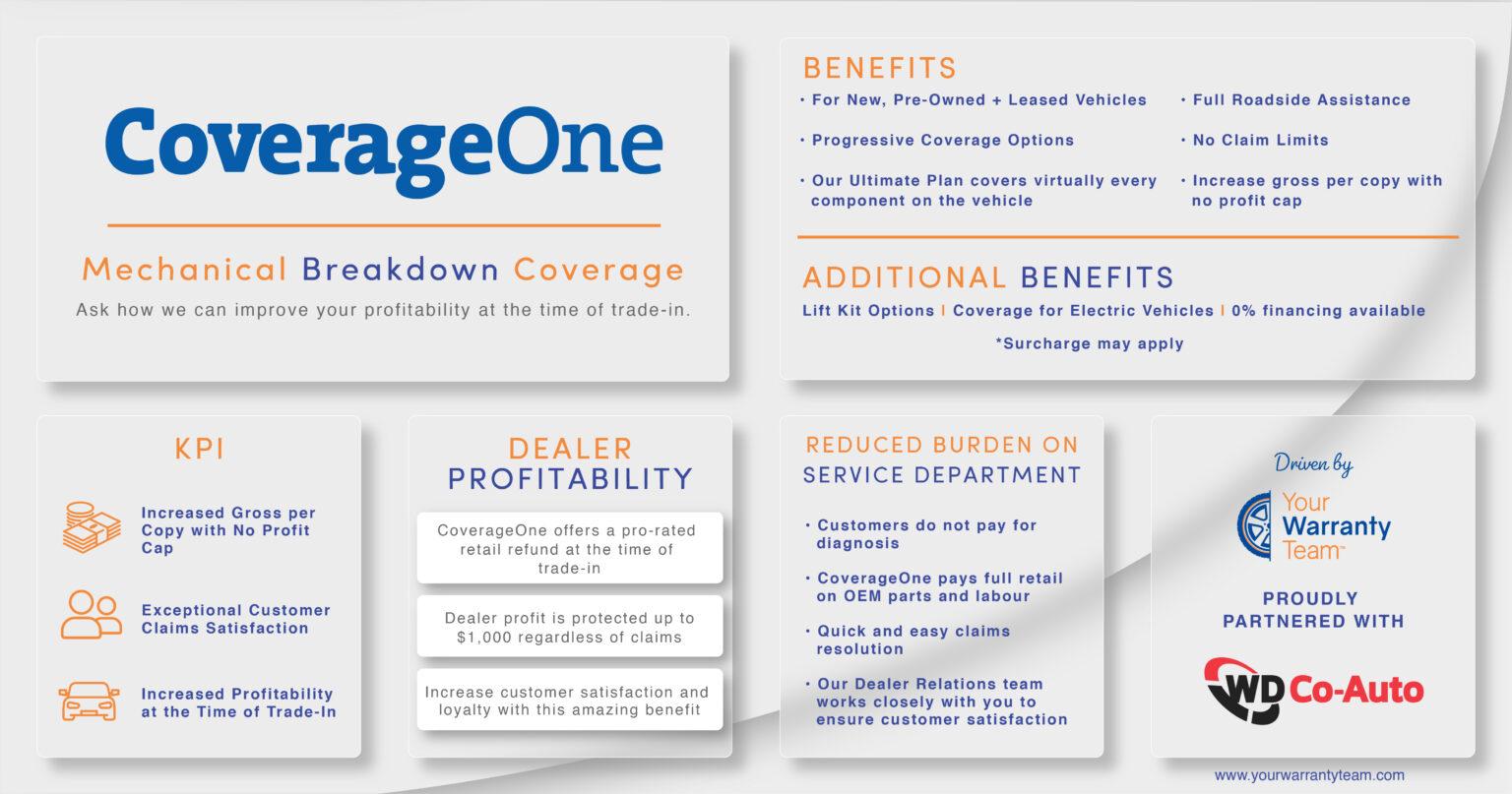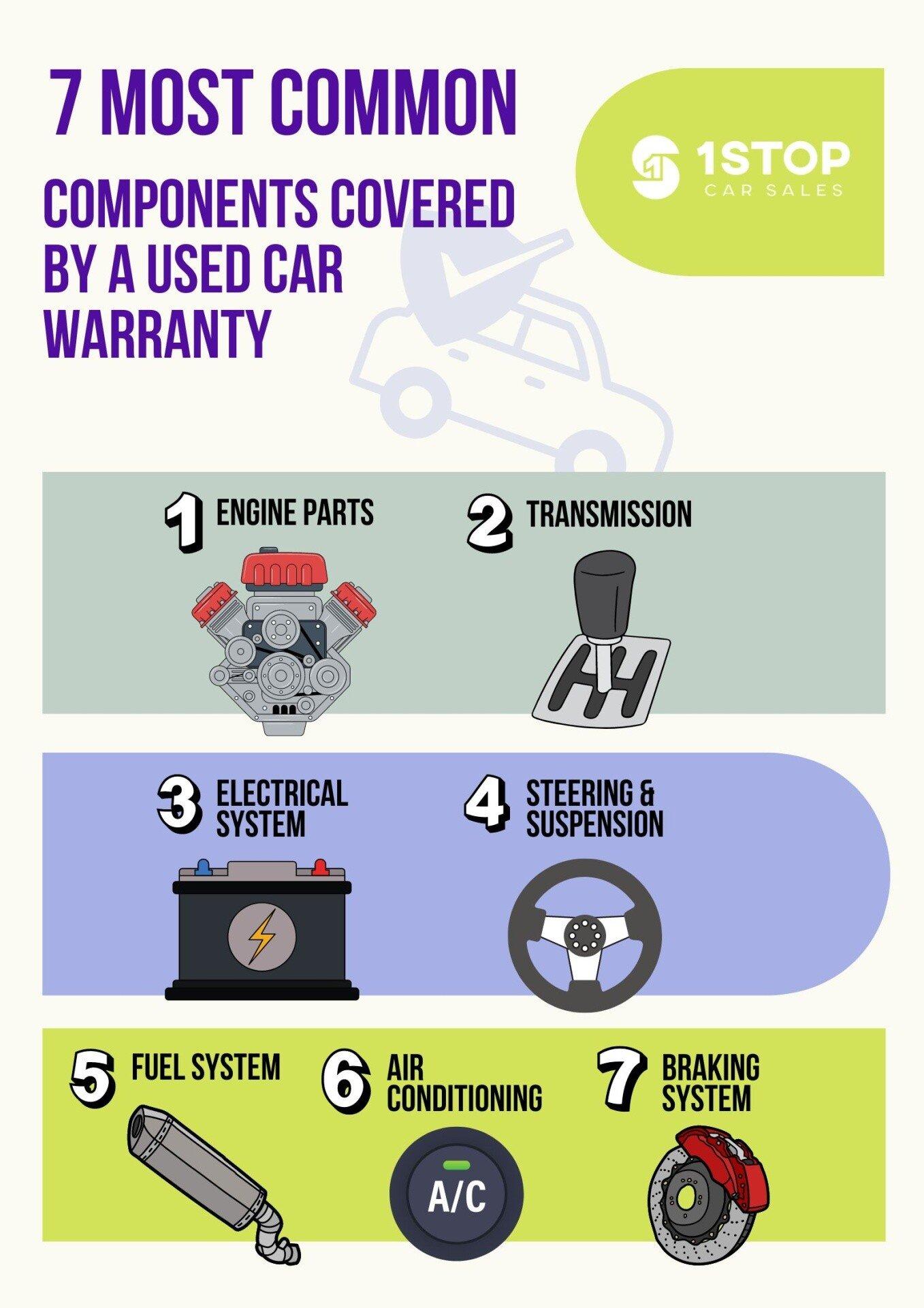When you invest in a vehicle, whether it’s your first car or an upgrade, ensuring that your purchase is protected is crucial. This is where a car sales warranty comes into play—a safety net designed to shield you from unexpected repair costs and provide peace of mind on the road. But what exactly does a car sales warranty cover? As you embark on your automotive journey,understanding the nuances of these warranties can empower you to make informed decisions. In this article, we will delve into the various components typically included in a car sales warranty, unraveling the fine print to help you navigate the world of vehicle protection confidently.Whether you’re a seasoned buyer or a newcomer to the automotive market, this guide will equip you with the knowledge you need to ensure your investment is secure.
Understanding the Scope of Coverage in Car Sales Warranties
When exploring car sales warranties, it’s essential to recognize that not all warranties are created equal. These warranties can cover a wide array of components and services, offering reassurance to buyers regarding the longevity and reliability of their new vehicles. Typically, a complete warranty might include coverage for:
- Engine and Transmission: Essential components that are often the most costly to repair.
- Electrical Systems: Ensuring that electronics, such as the battery and starter, are protected.
- Braking System: Coverage for brake pads, rotors, and master cylinders.
- Steering and Suspension: Critical for safe handling and comfort while driving.
However, there are often exclusions and limitations that buyers need to be aware of. It’s crucial to thoroughly read the fine print to understand what’s covered and what isn’t. Common exclusions may include:
- Regular Wear and Tear: Components that simply age with use may not be covered.
- Damage from Accidents: If the car has been involved in a collision, related repairs may be excluded.
- Aftermarket Additions: Modifications made post-purchase can void certain coverage areas.

Key Components That Define Warranty Protection
Understanding the intricacies of warranty protection is essential for car buyers looking for security in their investment. A warranty typically covers a range of components, which can vary considerably from one manufacturer to another. Here are some of the key aspects included in most auto warranties:
- bumper-to-bumper coverage: This encompasses most parts of the vehicle, excluding wear-and-tear items, and protects against a range of mechanical failures.
- Powertrain warranty: This specifically covers the engine,transmission,and drivetrain components,which are often the most expensive to repair.
- Corrosion warranty: This protects against rust and corrosion on the vehicle’s body and parts, providing peace of mind against environmental damage.
- Roadside assistance: Manny warranties include 24/7 support for issues like flat tires, dead batteries, and towing, further enhancing the owner’s experience.
Furthermore, it’s important to consider the warranty period and mileage limitations, which can affect the value and usability of the warranty. A warranty can vary widely based on vehicle age, brand reputation, and dealership offerings. Examine the table below to grasp the differences in warranty offerings across major brands:
| Brand | Bumper-to-Bumper Warranty | powertrain Warranty | Corrosion Warranty |
|---|---|---|---|
| Toyota | 3 years/36,000 miles | 5 years/60,000 miles | 5 years/unlimited mileage |
| Ford | 3 years/36,000 miles | 5 years/60,000 miles | 5 years/unlimited mileage |
| Hyundai | 5 years/60,000 miles | 10 years/100,000 miles | 7 years/unlimited mileage |
| Chevrolet | 3 years/36,000 miles | 5 years/60,000 miles | 6 years/unlimited mileage |

Navigating Exclusions and Limitations for Peace of mind
Understanding the exclusions and limitations faced within a car sales warranty is crucial for consumers seeking clarity and confidence. warranty terms can vary significantly between dealerships and manufacturers, which often leads to confusion. To ensure peace of mind, here are some common exclusions to be aware of:
- wear and Tear: Components subjected to normal use, such as brake pads, tires, and batteries, typically fall outside warranty coverage.
- Accidental Damage: Damages resulting from accidents, mishandling, or environmental factors are usually not included.
- Alterations and Modifications: Changes made to the vehicle, including aftermarket parts, often void existing warranties.
In addition to exclusions, warranties may also present limitations that restrict their applicability. As a notable example, coverage duration and mileage caps can significantly affect your warranty’s effectiveness.Here’s a breakdown of typical limitations:
| Type of Limitation | Description |
|---|---|
| Duration | Warranties might cover only a specific period, commonly 3 to 5 years. |
| Mileage Cap | A limit is frequently enough placed on the total mileage, such as 36,000 miles. |
| Geographic Limitations | Some warranties are not valid outside the country of purchase. |

Tips for Evaluating Warranty Options Before Your Purchase
When considering your warranty options, it’s crucial to understand what each plan covers to ensure you’re making an informed decision. Start by examining the duration and mileage limits of the warranty. Some warranties might cover your vehicle for three years or up to 36,000 miles, while others could extend to five years or over 100,000 miles. This difference can significantly affect your long-term costs.Additionally, inquire about the specific components that are covered, as not all warranties include the same parts. For example, some may offer extensive engine and transmission coverage, while others might only cover basic systems.
Don’t overlook the exclusions and limitations that can come with a warranty. Read the fine print to identify what’s not included, such as wear-and-tear items or damage resulting from improper maintenance. Furthermore, consider asking about the transferability of the warranty if you plan to sell the vehicle in the future—this feature can enhance resale value. Lastly, evaluate if the plan allows you to choose your own service providers or if it restricts you to specific dealerships or repair shops. Comparing different warranty options with these criteria in mind will help you find the best fit for your needs.
In Summary
As we wrap up our exploration of car sales warranties, it’s clear that understanding the fine print can make all the difference in your driving experience.From bumper-to-bumper coverage to specific exclusions and limitations, each warranty carries its own nuances that can either protect you or leave you in a bind. The key takeaway? Knowledge is your best vehicle on the road to making informed decisions. As you navigate the world of car sales,remember to ask questions,review your options,and consider what protection makes the most sense for your unique needs. Whether you’re a first-time buyer or a seasoned driver, arming yourself with the right information will ensure you’re not just driving off the lot, but confidently cruising toward a worry-free future behind the wheel. Safe travels!
